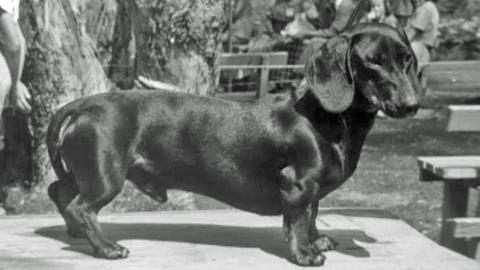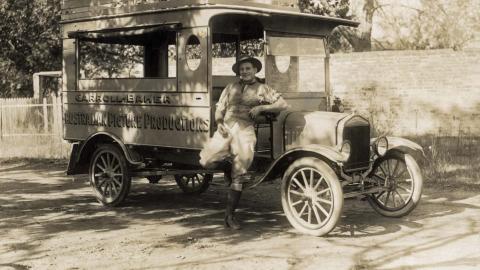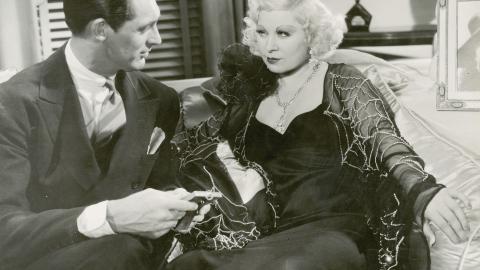
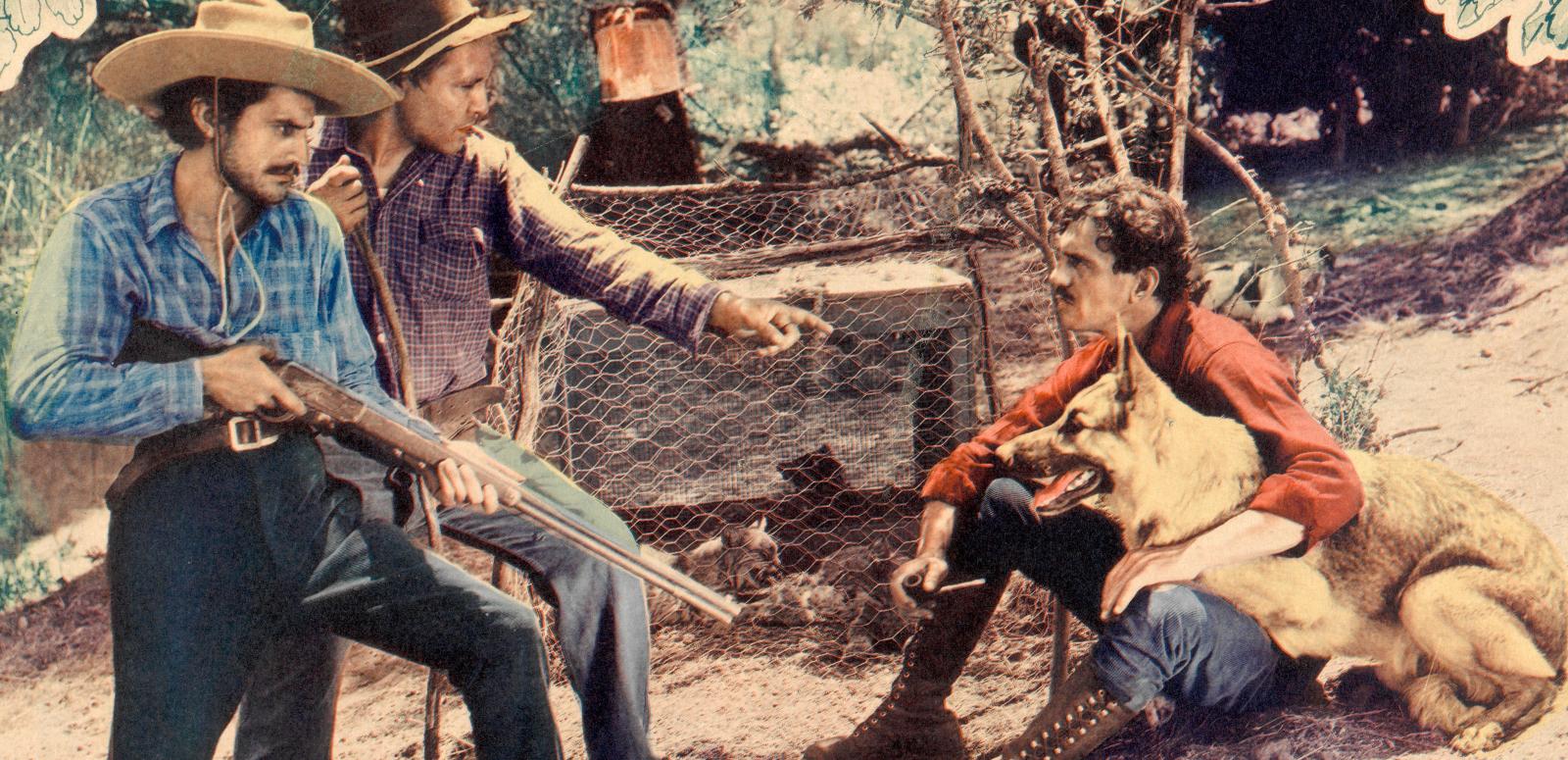
Hail, Caesar! Canine Hollywood Hero
Caesar the Australian Alsatian Dog Who Conquered Hollywood
For National Dog Day on 26 August, we're showcasing Caesar the acting Alsatian from Belko, Western Australia. We recently acquired a lobby card and poster featuring Caesar.
Eighty years before Red Dog (2011), Caesar made it big in the movies, acting opposite Hollywood legends like Clark Gable, Greta Garbo and the Marx Brothers.
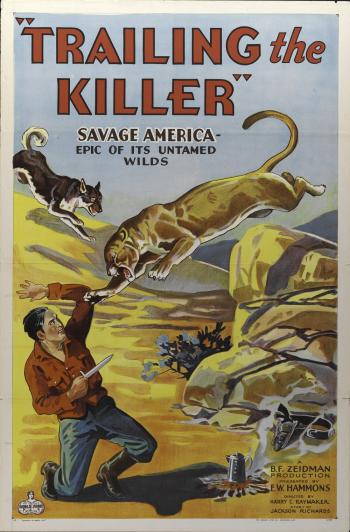
Caesar's owner, Bert Tonks, noticed the dog's intelligence and trained him. Film (now lost) of Caesar performing tricks was taken by pioneering Western Australian documentary-maker Fred Murphy. It was shown at the Grand Theatre Perth prior to the pair travelling to America where Tonks was to study oil refining methods near Hollywood.
Caesar's salad days
Hollywood producers were attracted to Caesar's ability to follow signed commands, a necessary skill with the advent of ‘talkies’. He appeared in a number of films such as Susan Lennox (1931) with Clark Gable and Greta Garbo and Horse Feathers (1932) with the Marx Brothers.
In Trailing the Killer (AKA Call of the Wilderness, 1932), directed by Herman C Raymaker of Rin Tin Tin fame, Caesar plays Lobo, a dog wrongly accused of killing his master. After avoiding pursuit and several adventures Lobo tracks down the true killer (a mountain lion) and proves his innocence.
Filming of this semi-documentary wilderness film took 12 months and Tonks recalls that in one scene, with a rattlesnake, he signed commands to Caesar from 50 feet away. Following the release of the film, Caesar was hailed as the successor of Rin Tin Tin and Strongheart, popular dog stars of the silent era.
Wrongful arrest and Parliamentary intervention
In June 1933 Bert Tonks' US visa expired, forcing him and Caesar to return to Australia. Despite recently being vaccinated, having a health certificate and being in good health in line with recommendations given by Australian customs officials, Caesar was placed into immediate quarantine.
Tonks and animal rights groups began working for Caesar's release resulting in the dog being moved from a performing animal quarantine area in the basement of Sydney’s Theatre Royal to a special enclosure at Taronga Zoo.
A screening of Trailing the Killer and a performance by Caesar was arranged for parliamentarians in Canberra. Shortly after, legislation was amended allowing Caesar to be released in October 1933.
Caesar on tour
Universal Pictures engaged Caesar to tour Australia and give a 20-minute performance prior to screenings of Trailing the Killer, demonstrating tricks from the film.
At a sign from Tonks, Caesar would start barking, limping or hop like a kangaroo, walk up stairs backwards and even (according to one newspaper report) adopt a pose like Greta Garbo under the hissing arc lights.
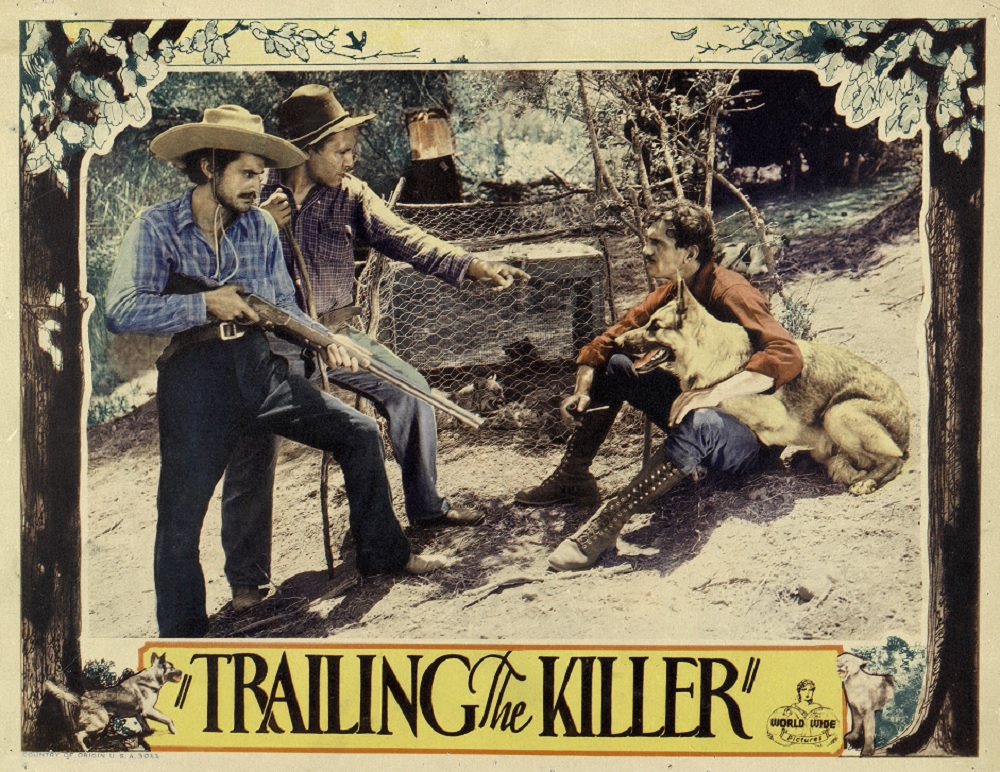
Following some threatening calls and letters, a print of Caesar's nose was made to record his identity for insurance purposes. This print also came in handy in 1938 when Caesar returned from a tour of New Zealand to confirm his identity and avoid a repeat of his quarantine experience.
Civic receptions were arranged for Caesar in Brisbane and Adelaide alongside many street parades and lookalike competitions. Special matinee appearances and free tickets were arranged for school children to see Caesar and his film, which was billed as educational.
From 1933 to 1938 Caesar toured Australia performing in 429 theatres. Despite many reports that he would soon be returning to Hollywood to make more films it does not appear that this eventuated.
After returning from a tour of New Zealand in November 1938 the trail for Caesar appears to run out. One could speculate that he had reached an age when it was time to rest, after many years of appearing on stage, and retire from the limelight.
The National Film and Sound Archive of Australia acknowledges Australia’s Aboriginal and Torres Strait Islander peoples as the Traditional Custodians of the land on which we work and live and gives respect to their Elders both past and present.
